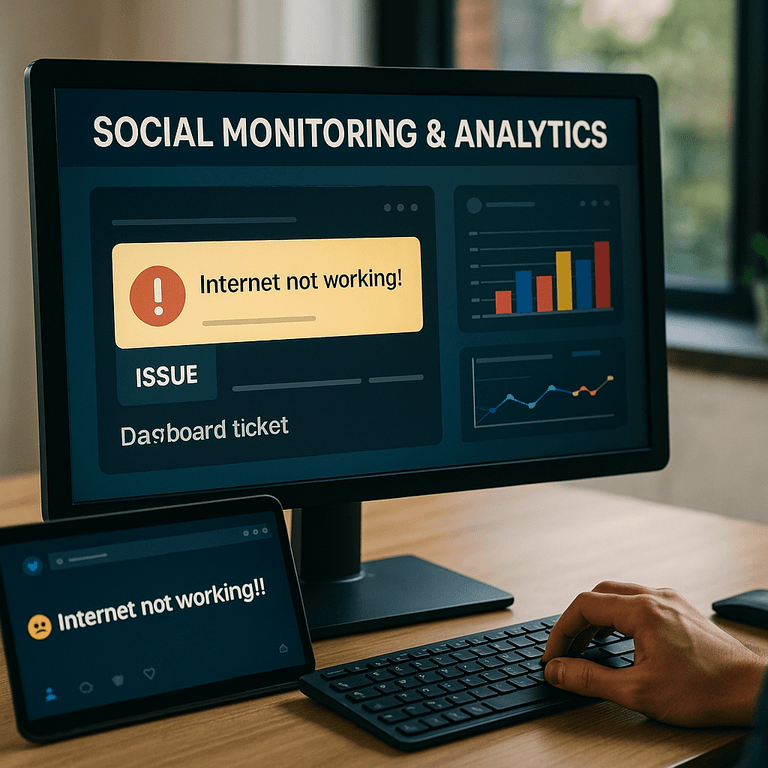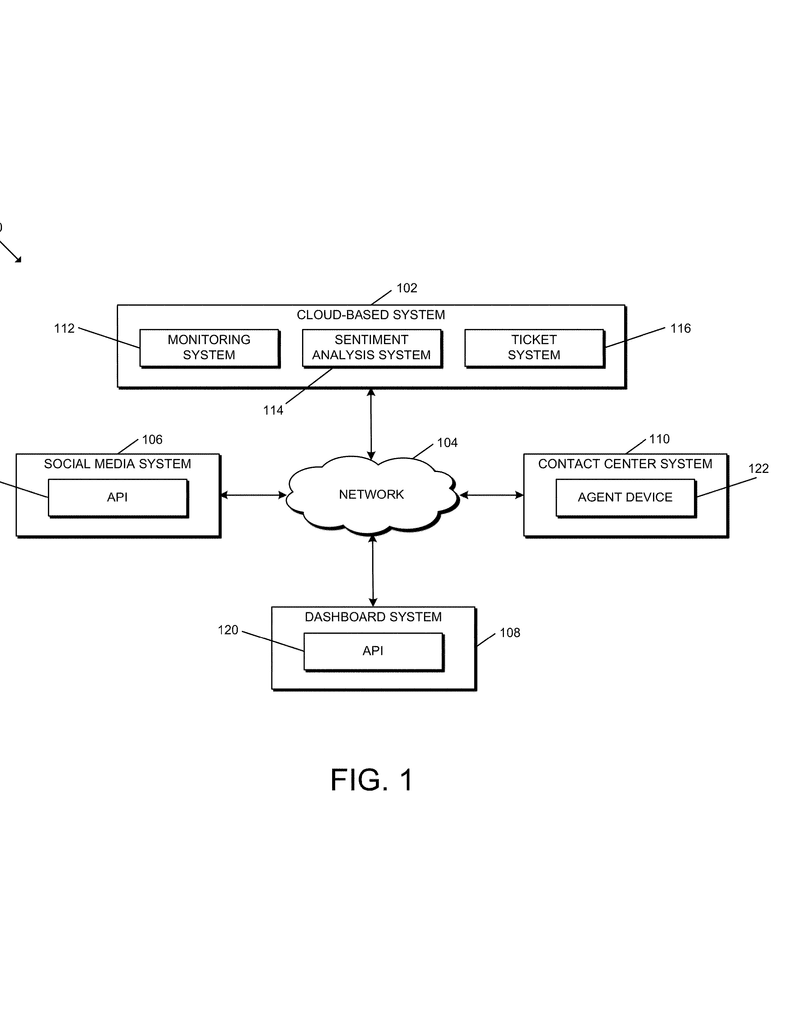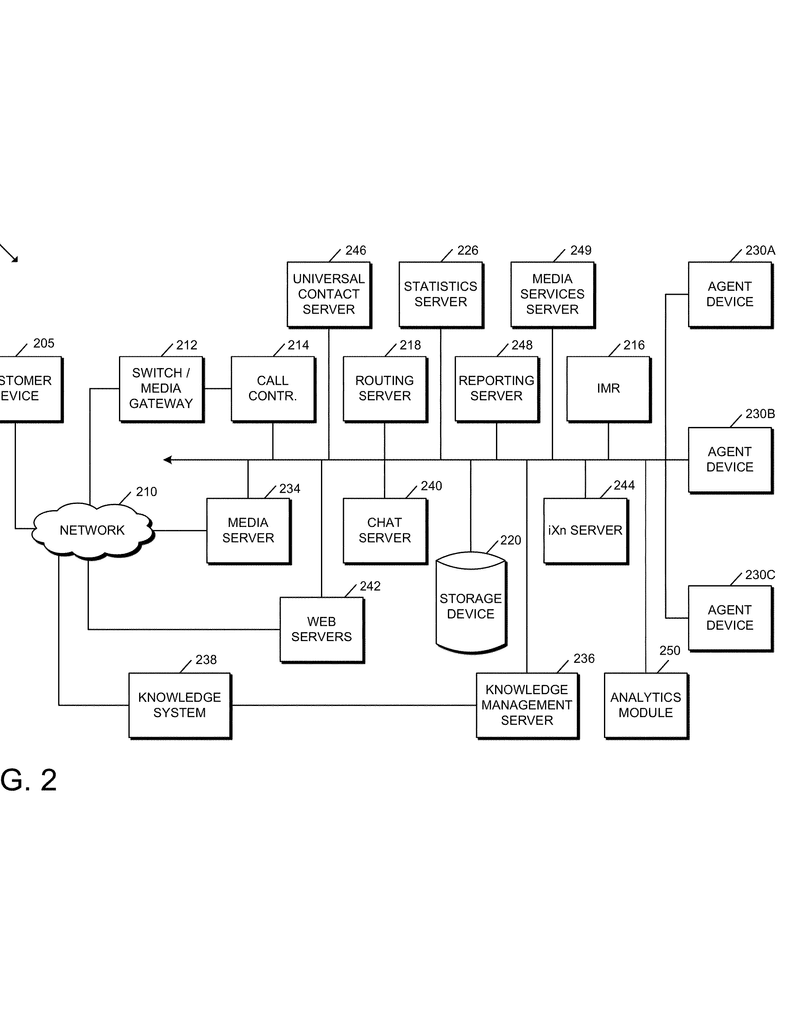Invented by Anburaj; Jonessingh Samuel, Raghavan; Ranjana, Muthusamy; Kuralarasan, Bairabathina; Jayavardhan, Sannasi; Arunmozhivarman
Welcome! Today, we’re diving into a new patent application that talks about a smart way to watch what people say on social media and help companies fix problems before they get worse. We’ll break down what’s happening in the market, look at the science and past inventions, and then explain this new idea in simple terms. Let’s get started!
Background and Market Context
In the last ten years, social media has totally changed how people talk about companies and products. Before, if someone didn’t like something, they might call a company or send an email. Now, people post on Twitter, Facebook, Instagram, and many other places. This means companies have to watch many places at once if they want to know what people think.
The problem is, there are just too many messages, posts, and comments every single day. If you tried to read all of them, you’d never stop working. Even big companies with lots of workers can’t keep up. And if a company doesn’t see a bad comment fast enough, it might miss a chance to help the customer or fix a problem. Sometimes, a small issue turns into a big problem just because nobody noticed a complaint before it spread.
Because of this, companies have started using software to help. These programs look at posts on social media to see what people are saying. But a lot of these tools just count how many times a word comes up, or they make simple graphs. They don’t always know if someone is happy or upset, and they don’t always help companies fix problems quickly. Most of the time, companies are still just reacting to problems after they happen.
The world is moving faster, and people want answers right away. If a company doesn’t reply quickly, a bad story can go viral. So, there’s a big need for tools that not only see what people say, but also understand if someone is upset, and help the company act fast. The goal is to solve problems before they get out of control, and to make customers feel heard. This is where proactive issue resolution comes in—fixing problems before they become disasters.
This new patent is about a smart system that watches social media, figures out if someone is upset, and then helps the company fix the problem right away. It can even tell if many people are upset about the same thing, so the company knows what to fix first. This is a big step forward from just counting posts or waiting for things to go wrong.
Scientific Rationale and Prior Art
To really understand what makes this invention special, let’s look at how past tools and science have tried to solve this problem.
First, computers have gotten better at reading language. This is called natural language processing, or NLP. With NLP, computers can look at a sentence and guess if it’s positive, negative, or neutral. Some programs, like VADER, use lists of words and rules to decide this. For example, “great” is positive, “terrible” is negative, and “okay” is neutral. If someone says, “The service was terrible,” the computer sees “terrible” and knows the person is upset.
Sentiment analysis has been used in many tools. Some software can show a company a chart with green for happy, yellow for neutral, and red for upset. This helps companies get a sense of what people are saying. But most of these tools just show the overall mood, not the details of each problem. They also don’t do much to help companies fix problems right away.
Other tools try to match new complaints to past issues. For example, if someone says, “The app keeps crashing,” the system might look for other tickets or complaints about crashing. To do this, computers use things like cosine similarity and Levenshtein distance. Cosine similarity is a way to see how close two sentences are, like “The app is broken” and “The app keeps crashing.” If they’re very close, the computer knows they might be the same problem. Levenshtein distance checks how many changes it would take to turn one sentence into another. If only a few changes are needed, they might be related.
Some companies use dashboard systems—like Jira or Zendesk—to track issues and complaints. When a problem comes in, someone creates a ticket. But usually, a human has to read the comments, figure out what’s wrong, and make the ticket. This takes time and people can make mistakes. Some systems let you search for tickets by keyword, but they don’t always link new problems to old ones automatically.
Past inventions have tried to add automation, but they often miss important steps. Maybe they show the mood, but don’t create tickets. Or they create tickets, but don’t check if it’s the same as an older problem. Or they don’t update the system based on new feedback. What’s been missing is a way to tie all these steps together, so a company can spot problems, understand them, link them to old issues, and take action fast.
The science behind this is all about putting together tools for language understanding, matching, and learning from feedback. Machine learning can help the system get better over time, by learning which complaints are most important, or which tickets matter most. By linking all these pieces, companies can finally get ahead of problems instead of always reacting.
Invention Description and Key Innovations
Now let’s talk about what’s new about this patent, and how it works in real life.
This invention is a complete system that watches what people say on social media, checks if they’re happy or not, and helps companies fix problems before they grow. Here’s how it works, step by step, using simple words:
First, the system connects to social media sites using something called an API, which is just a way for computers to talk to each other. It looks for posts or comments that mention certain words—like a brand name, product, or other keywords the company cares about.
When it finds a post, the system uses sentiment analysis to check if the person is happy, neutral, or upset. If the comment is positive or just okay, the system can send it to a report for later. But if it’s negative, it pays extra attention.
Next, the system tries to pull out the most important part of the upset comment. For example, if someone writes, “Ever since the update, the app won’t open and I lost all my data!”, the system might focus on “app won’t open” and “lost all my data.” This makes it easier for the people in charge to see what’s really wrong, without all the extra words.
After that, the system checks to see if this complaint matches any tickets already in the company’s dashboard system. It does this by comparing the new problem to old tickets, using smart math like cosine similarity or Levenshtein distance. If it finds a ticket that’s almost the same, it knows this isn’t a new issue—it’s something that’s been happening before.
If the new complaint is very close to an old ticket, the system can bump up the priority of that ticket. This way, the company knows that more people are having the same problem, so it should be fixed faster. The system can even send a notification, so the right people find out right away.
If the complaint doesn’t match any old tickets, the system creates a new ticket in the dashboard. It includes the main negative phrase, so the team knows exactly what’s wrong. This helps the company keep track of new problems as soon as they happen.
But there’s more. The system can also learn from what happens next. If a ticket is fixed, ignored, or deleted, the system remembers this. Over time, it uses machine learning to get better at spotting important problems, or knowing which words really matter. If someone gives feedback—like saying the ticket was helpful or not—the system can update itself to do even better next time.
All of these steps happen automatically, without needing a person to read every comment or create every ticket. That saves time and makes sure nothing slips through the cracks. The system is made to work smoothly with other tools companies already use, like their dashboard or reporting software. It can handle many social media sites at once, and can be set up to look for any keywords the company wants.
What really makes this invention stand out is how it ties everything together. It doesn’t just look for keywords, or just check mood, or just make tickets—it does all of these, in the right order, and keeps getting smarter with feedback. It’s like having a super-helper that never gets tired, always watches social media, and helps your team fix problems before they blow up.
The patent also explains how the system can work in the cloud, so it can scale up for big companies with lots of data, or work for smaller ones too. It can handle lots of social media platforms at once, and can be updated as new platforms or needs come up.
In simple terms, this system is like a watchdog for social media, but smarter. It understands when people are upset, knows if it’s an old problem or something new, helps teams act fast, and learns how to do better every day. That means happier customers, fewer big problems, and a company that’s always one step ahead.
Conclusion
Social media has changed the way customers talk to companies, and it’s made it harder than ever to keep up with feedback and complaints. This patent brings together the best of language science, smart matching, and feedback learning, all in one easy-to-use system. It means companies can finally keep up with what people are saying, spot problems early, fix them fast, and make customers feel heard. If you want your company to be ready for the future, tools like this are the way forward.
Click here https://ppubs.uspto.gov/pubwebapp/ and search 20250217819.




